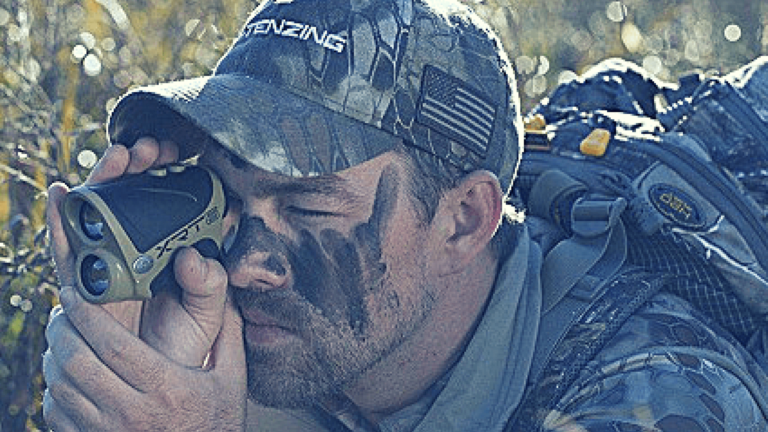The laser rangefinder is used by both construction professionals as well as outdoor sports enthusiasts such as hunting or golfing. At present, many models are available on the market. So how do you make your choice in this vast market?
What you should know about rangefinders

A rangefinder is a device that makes measurements with great precision. Most models are equipped with class 2 laser with a wavelength of 635 nm. It is a harmless device unless it is directed towards the eyes as it can cause great retinal damage. Therefore, it is imperative to use it in accordance with the usual safety measures.
In terms of performance, the laser rangefinder can measure long distances up to 250 m. Its operating principle is quite simple. The laser is projected onto a target and the laser beam is returned to the camera. The telemeter then calculates the phase shift that occurred during the projection. Thus, an exact measure of the distance is obtained. It is necessary to use the laser rangefinder in the works for construction and real estate.
Previously, models equipped with infrared and ultrasound were used but their precision was inadequate.
Today, laser rangefinders can make measurements with precise and sharp results. As an indication, the entry-level models make it possible to measure surface, height and volume. In general, the maximum distance limit for this category of laser rangefinder is 80 m. These entry-level laser rangefinders are for indoor use. In particular, they make it possible to build a number of carpentry structures, as well as to easily fit a room, because the place of the furniture is already calculated.
The professional models of rangefinders are suitable for outdoor use. They possess performance designed to meet the needs of architects and site supervisors. In particular, they can be used to measure unevennesses such as the inclination or height of a staircase. The ranges of professional laser rangefinders are generally longer than those of entry-level models, as is the higher accuracy level due to long distance calculations up to 250 m.
In the meantime,
Essential features in a rangefinder
Many criteria must be taken into account before purchasing a range finder and features are an essential part of it. The most important are: the electronic tilt sensor or a spirit level that indicates whether the range finder is perfectly horizontal. That will not distort the measure.
There are also other constants that allow you to calculate both length, width, and height. In addition to the surface, it is immediately possible to calculate the volume. In addition, a good laser rangefinder must be able to take several measurements as a result, a little more than one per second in order to radiate on the opposite acute angle and select only the longest measurement.
For general technical specifications, the choice of a laser rangefinder depends on its weight, the type of power supply and its dimensions. You should know that a laser range finder is powered either by AA type batteries or by a rechargeable Lithium Lion battery for more autonomy. The second option is therefore more suitable if the device is intended for professional use.
On the dimensions, the laser rangefinder must be practical to use and transport. The choice must therefore turn to ergonomic models, which fit easily into the hand. For this purpose, the hull of some rangefinders is covered with a soft grip coating that adheres easily to the touch.
Weight is also a factor of maneuverability not to be neglected. It should be light enough to not tire during use. Beware of laser rangefinders that appear light at first but that earn a good hundred grams once their battery or battery is inserted.
